Remote Monitoring of the Health Status of Pregnant Women at Risk for Preeclampsia
The Role of Remote Technologies in the Quality
Management System and Safety of Medical Care
On April 26, 2021, Deputy Chairman of the State Duma Irina
Yarovaya at a meeting of the Presidium of the Council of Legislators
of the Russian Federation under the Federal Assembly of the
Russian Federation called for simplifying the exchange of data
between medical institutions and patients. In the Sverdlovsk
region, an automated information system of mobile notifications
“AIST_SMART” for pregnant patients and doctors began to operate.
Using a smartphone or, say, a tablet, pregnant patients in their
personal account get the opportunity to keep an electronic diary of
self-control of their health. The diary has the functions of automatic
interpretation of the results and the formation of signal information
for the obstetrician-gynecologist. Now pregnant women do not
need to fill out paper diaries of self-control (Figure 1), call their
doctor or the reception of the antenatal clinic in order to report the
results - the process is fully automated.
The women’s consultation received an IT tool for remote interaction with pregnant women and women in child child. The introduction of “AIST_SMART” technologies made it possible to replace paper diaries with electronic ones. Medical data of the patient are collected in a single database and allow you to track the dynamics of the patient’s health around the clock. The results of electronic diaries are automatically processed by the system and if no abnormalities are detected, the data is simply recorded in the system and does not disturb the doctor (Figures 2 & 3). In case of detection of deviations in the patient’s state of health, the system marks the identified deviations and sends a notification to the doctor about the current state (Figure 4). Mobile notifications instantly convey accurate and detailed information about the patient’s state of health and thus contribute to the timely decision to hospitalize in case of detection of preeclampsia / severe arterial hypertension. Remote health monitoring functions as follows.
Registration in the System “AIST_SMART”
To register the patient in the personal account at the initial appointment of a pregnant patient, a consent-instruction [1] is issued to connect to the mobile service “AIST_SMART” with an individual QR code. At home, the patient reads the QR code using the camera of her smartphone or tablet and, according to the instructions, undergoes the registration procedure, forming a digital four-digit PIN-code. From now on, it is guaranteed 24/7 technical support. The QR code serves as the patient’s identifier and the link between her electronic medical record (EHR) in the AIST “RAM” and the personal account in the “AIST_SMART” system. To register a doctor in your personal account, you must log in to the medical information system - AIST “RAM”, in which all medical personnel of the obstetric service in the region work. Open the “Personal Account” tab and register by scanning an individual QR code. So, in order to access electronic self-control diaries, the doctor and the patient connect to the AIST_SMART service, and after registering in the system, notifications about the results of remote health monitoring will be received on their mobile device. The doctor does not need to call on the phone to find out how she feels, what her blood pressure, temperature, etc.
How the Mobile Alert System Works
Formation of Notification of the Result of Self-Control Diaries
This process is fully automated. AIST_SMART performs the role of an intellectual assistant to the obstetrician-gynecologist/ midwife. The patient fills in the diary data, and the doctor receives ready-made results with automatic interpretation. Now the patient will not forget her paper diary at home, and the doctor will be able to make decisions on the tactics of management, taking into account not only the data on a face-to-face visit, but comprehensively taking into account the results of the patient’s home self-control, which is important when selecting antihypertensive therapy in patients with arterial hypertension.
Pregnancy with Arterial Hypertension and at Risk for Preeclampsia
All patients in this category should carry out home monitoring of blood pressure with keeping a diary [2]. The self-control diary can be kept both by filling out the extended web-form of the diary, and by means of a chatbot in AIST_SMART, where the patient can send data in the format of a simple message: “pressure 120 70” and the service automatically recognizes, processes the data and records them in her personal account. If deviations of blood pressure above the norm are detected, AIST_SMART will automatically offer the patient a further algorithm of actions:
Indicate Complaints and the Presence of Proteinuria According to the Results of the Test Strip (Figure 5)
Emergency Hospitalization without Further Action is Recommended (Figure 6)
All notifications in case of deviations are automatically sent to the attending physician and the doctor in the Obstetric Remote Consultation Center (hereinafter referred to as the ADCC) for the routing of the patient 24/7. Doctor of the ADC on the basis of the results of the self-control diary (Figure 7) and obstetric status according to the data in the electronic medical record (hereinafter - EHR) in the AIST “RAM”, where there is information about all the results of the examination, the course of pregnancy and diagnoses, decides on further management tactics: to continue outpatient treatment or hospitalization in an obstetric hospital. The ADCC doctor fixes his decision in the EHR, making out a remote consultation for the attending physician of the antenatal clinic or obstetric hospital, if the patient is hospitalized in the MO level 1.2.
In the absence of indications for hospitalization, the results of the remote consultation are sent automatically to the attending physician of the antenatal clinic. Subsequently, the attending physician within the framework of the next outpatient visit will be able to track the patient’s condition, the effectiveness of the prescribed antihypertensive therapy, viewing trends in diaries, and adjust the therapy based on a comprehensive analysis. If a decision is made on the need for hospitalization, the doctor of the ADC through a confidential “working” chat in AIST_SMART can contact the patient and clarify her consent to hospitalization and the possibility of transportation by personal transport. If consent is obtained (Figure 8), the doctor of the ADCC draws up an additional referral for (re-) hospitalization to a particular obstetric hospital, taking into account the level of MO and the location of the patient.
The patient receives a notification about the issued referral indicating the obstetric hospital, the date and time of hospitalization (Figure 9). In turn, the doctor of the obstetric hospital also receives information that the patient is sent to him both through the AIST “RAM” (Figure 10) and in the personal account of AIST_SMART through automatic notifications in the directions (Figures 9&10).
You do not Need to Receive a Paper Direction
If necessary, you can print the direction at the place of treatment of the patient, using a single information space of the regional obstetric monitoring of AIST “RAM”. All the directions that a woman received during pregnancy are reflected in her personal account in the “My directions” section. The patient can open any document, even if the connection with the Internet has disappeared.
Advantages of Remote Monitoring of Health
The transition to electronic diaries of self-control allows you to identify complications of the gestational process in the case of arterial hypertension and timely send the patient to hospitalization to prevent adverse events, which is from the main directions of the quality management system and safety of medical care. AIST_ SMART allows you to create constant feedback with the patient and thereby form a patient-centric model of care as one of the priority areas for the development of modern medicine and healthcare in general. All of the above increases the compliance of doctor-patient interaction and directly affects the quality and safety of medical care in the context of the widespread prevalence of arterial hypertension in the population (pregnant women are no exception), which meets modern needs of society and solves the tasks set by the Government of the Russian Federation in the field of digitalization of healthcare [3-5].
For more Articles on : https://biomedres01.blogspot.com/
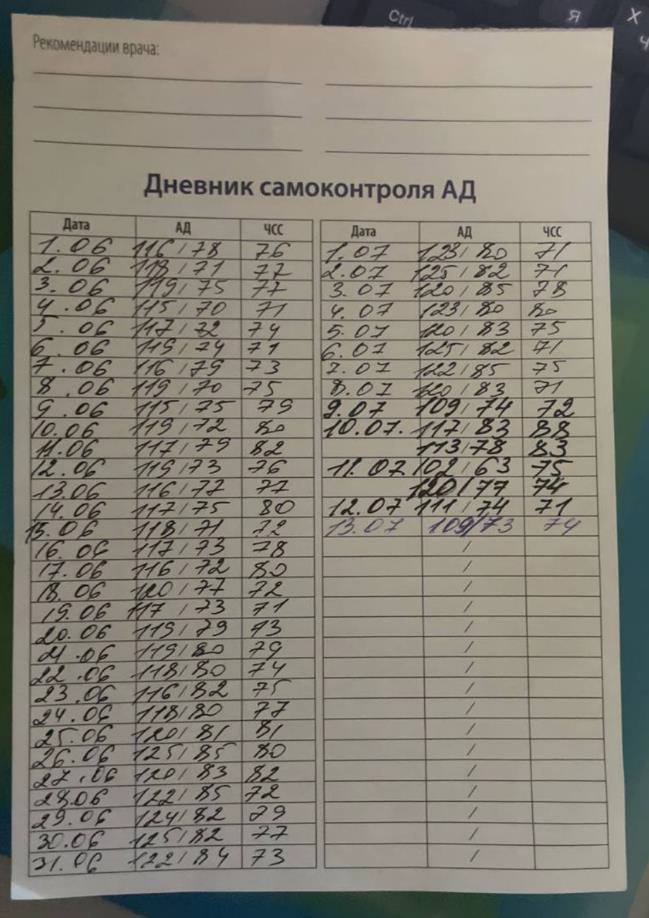
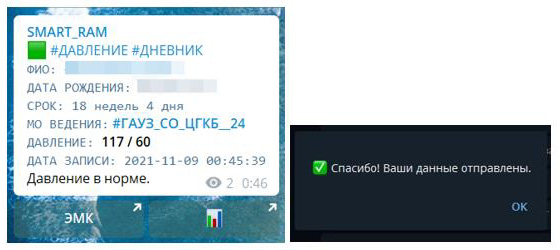
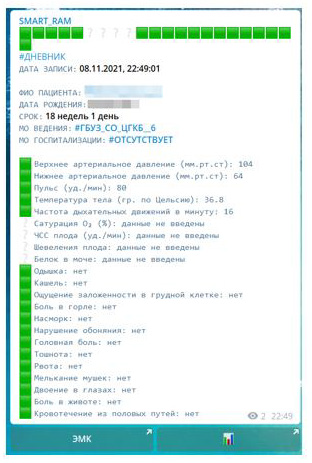
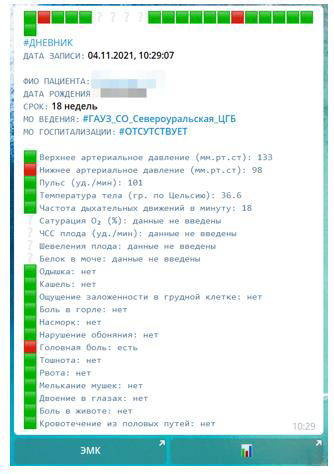
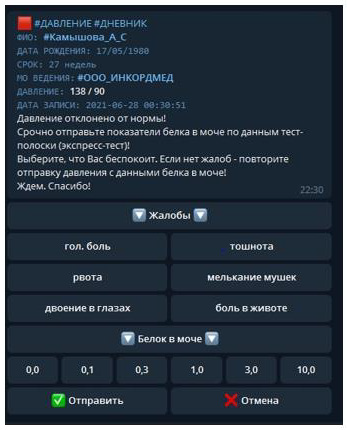
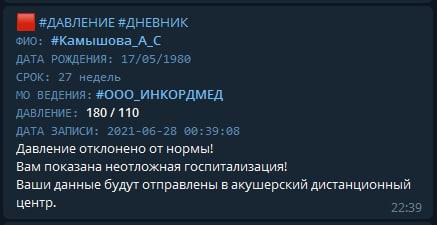
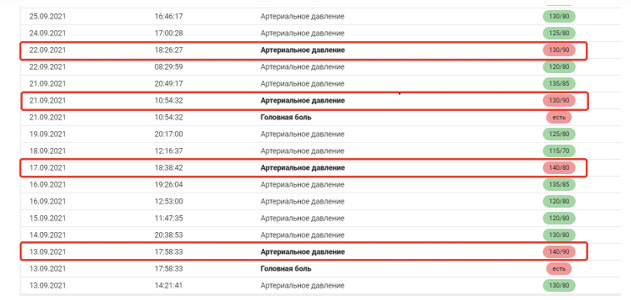
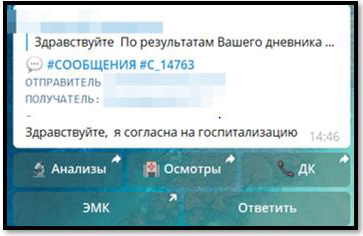
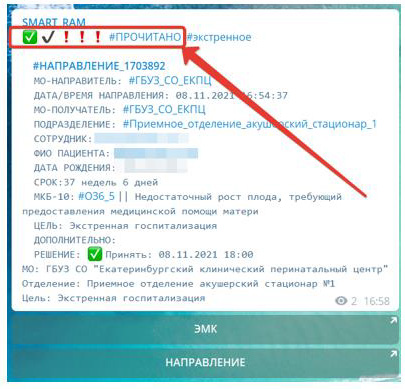



No comments:
Post a Comment
Note: Only a member of this blog may post a comment.